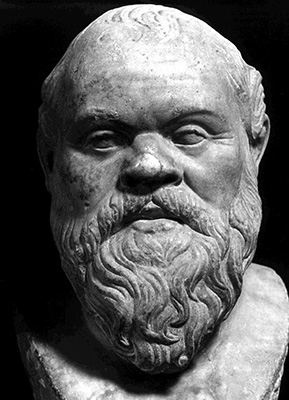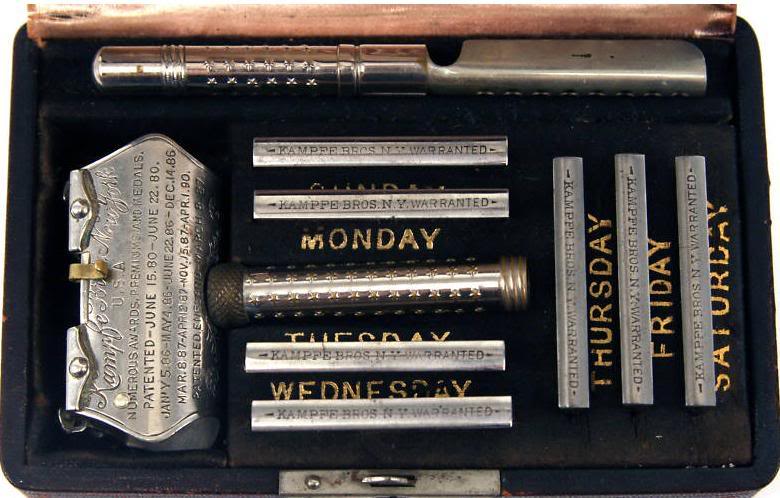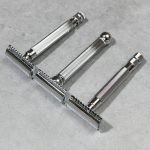The dawn of shaving is shrouded in mystery: no one quite knows its exact beginning, and its cultural meaning ebbs and flows with time and location. We do know, however, that the shaving ritual is long-standing, appearing in the far reaches of human history. In prehistoric cave paintings, men are depicted with shorn facial hair, using seashells to tweeze away beards one cuticle at a time, and shearing with shark teeth or roughhewn flint knives. While it’s easy to imagine our Stone Age ancestors roaming the earth fully bearded, they especially had reason to practice shaving. If the wet permeated their beards, there were serious consequences: beards could retain water for hours on end, freezing against their skin when temperatures dropped, ultimately ending in some nasty frostbite.
Perhaps it is in Ancient Egypt that we see the paragon of shaving as a symbol of class. In the Dynastic period, high standards of grooming were upheld, and men, women, and children alike would shave their entire bodies. They would use circular sheets of copper, or even pure gold, as razors. Part of the motivation for the ritual was to stay clean and cool in the midst of the surrounding heat, but the presence of hair quickly assumed a distinct social significance: those who were clean-shaven were associated with the higher class, and those who had bodily hair were seen as the unkempt lower class. Oddly enough, beards were still held in high regard: they represented virility and power, and multiple Pharaohs–including female ones–wore false beards or goatees, called the osird, meaning divine beard.

Leaping ahead to Ancient Greece, we see that the beard’s status as a symbol of power and wisdom was fully reinstated. Greek men wore full, natural beards, and–as Plutarch tells us–it was customary to offer up a boy’s first beard to Apollo, the sun god. It was only with Alexander the Great’s order to his troops–to shave their manes for protection in hand-to-hand combat–that the shaved look took on a renewed fashion. Meanwhile, up North, the Ancient Romans sought to distinguish themselves from their Greek neighbors: they kept themselves clean-shaven, and their razors evolved into more sophisticated instruments. For the first time, we see the razors develop a rectangular profile, much like the modern razor, and durable materials like iron were used for the razor’s body and blade.

It really wasn’t until the late 18th century that razors became refined, quotidian tools. Throughout the 1800’s, shaving was a professional barber’s job, a highly skilled grooming ritual that men would never practice on their own. And finally, in 1880, the Kampfe brothers patented and sold the world’s very first safety razor, propelling the tradition of shaving into a whole new era.







Thank you.
Very interesting, indeed.
Please continue.
Mickey